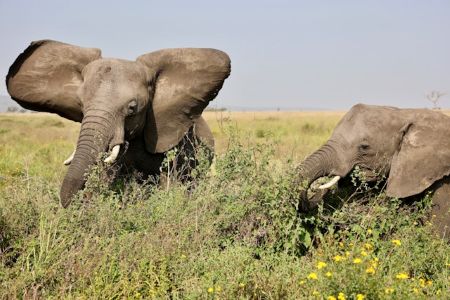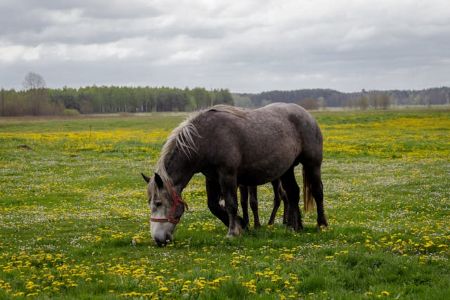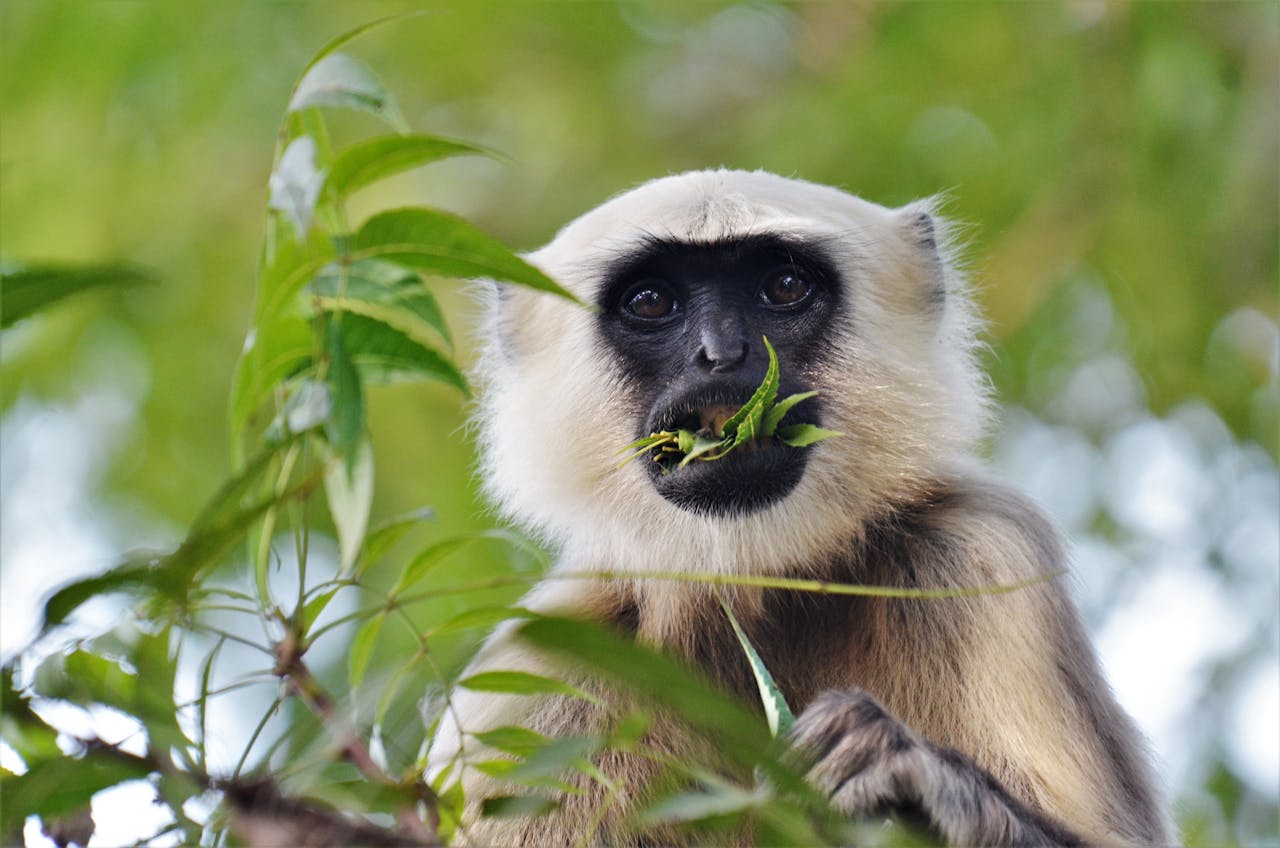…Why Do They Poison Themselves?
Animals are incredibly intuitive; they can self-medicate by choosing plants to heal infections, soothe pain, or detox their systems. But if that’s true, how do they still end up eating things that harm or even kill them?
What’s going wrong?
In this article, we’ll look at why even the most instinctive healers sometimes make dangerous choices, from hunger and limited environments to the hidden dangers in human foods. We will also take a look at how animals really do know what they’re doing when they reach for nature’s medicine cabinet.
There’s a brilliant (and slightly hard-to-pronounce) concept behind all of this: zoopharmacognosy. It describes how animals naturally select and use certain plants or substances to treat themselves.

For example, Monkeys chewing on bitter leaves, parrots eating clay, and elephants digging up specific roots to eat. They’re choosing remedies. These plants contain secondary metabolites — chemical compounds that may taste awful or even be toxic in large doses, but, in just the right amount, can heal.
What’s the Difference Between Food & Medicine?
Think of it this way:

Even animals that seem like they’ll eat anything can be surprisingly selective when it comes to plant medicine. Often, they’ll stop as soon as the taste or smell tells them, “That’s enough.”
So Why Do They Still Get Poisoned?
Instinct is powerful, but it’s not foolproof. Here are four reasons animals sometimes make the wrong call:
1. Hunger Can Override Caution
When food is scarce, survival instincts take over. Animals might eat something they’d usually avoid just to fill their stomachs. For example, horses usually avoid ragwort because it tastes bitter and is toxic to the liver. But in a dry field with little else to eat, a hungry horse might nibble on it anyway. Worse, when ragwort is dried and mixed into hay, it loses its bitter warning taste, making it even more dangerous.
2. No Access to Natural Balancing Remedies
Some toxins are only safe when animals can balance them with other substances. Wild parrots, for example, eat toxic seeds but then seek out clay to bind and neutralise the toxins. Horses that eat acorns (which are high in tannins) might naturally want to follow up with saponin-rich plants — but if they’re stuck in a plain grass paddock, they don’t have that option. Their body knows what it needs, but it’s not always available.
3. Sweetness Can Fool Them
Pets often get into trouble not with wild plants but with human food. Chocolate is toxic to dogs because it contains theobromine, a stimulant that their bodies can’t process well. But here’s the thing — animals are naturally cautious about bitter or unfamiliar tastes… until we add sugar or artificial sweeteners. Sweetness can mask danger signals. Dogs might eat something they’d normally avoid just because it smells like a treat. Xylitol, a common sweetener, is especially dangerous and can cause liver failure even in tiny amounts.
4. Accidental Poisoning Through Grooming
Sometimes it’s not about eating at all. Cats, for example, can suffer kidney failure just from licking lily pollen off their fur. And dogs who walk across a freshly treated lawn might later lick their paws and ingest pesticide residues. It’s not about poor choices — it’s about unintended exposure.

How Do Animals Know What to Choose?
Animals don’t recognise herbs the way we do — by name or shape — they respond to the chemistry. For example, linalool, the calming compound in lavender, is also found in over 200 other plants. So even if your dog has never smelled lavender before, they might still be drawn to its relaxing effects if they come across it in another form.
This isn’t guesswork:
- Parrots eat clay after toxic fruits.
- Horses seek detox herbs after eating acorns.
- Primates choose bitter leaves to help with parasites.
It’s like they have their own inner herbalist, guided by smell, taste, and instinct.
Want to see this for yourself?
During a consultation, your animal can choose from a range of natural plant extracts or oils. Watching them sniff, lick, or walk away from options is like seeing their healing instincts come alive; it’s beautiful and powerful.
Our animal friends are wiser than we often give them credit for. They’re natural herbalists, but even they can be thrown off by hunger, boredom, environmental limitations, or modern additives.

By understanding their self-healing behaviours and supporting them with the right environment and options, we can help them thrive in a natural way.
Main – Photo by Partap Sandhu





